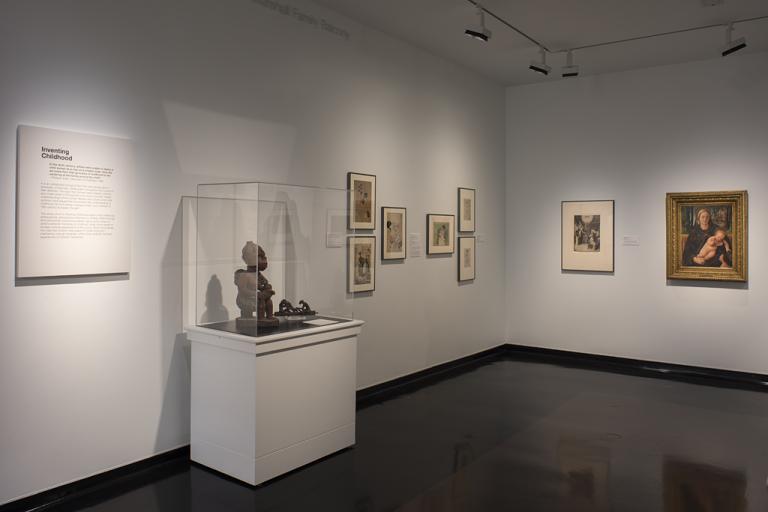American Citizen #2, Roger Shimomura
Artwork Overview
Roger Shimomura, artist
born 1939
American Citizen #2,
2006
Where object was made: United States
Material/technique: color lithograph
Dimensions:
Image Dimensions Height/Width (Height x Width): 404 x 302 mm
Image Dimensions Height/Width (Height x Width): 15 7/8 x 11 7/8 in
Sheet/Paper Dimensions (Height x Width): 467 x 355 mm
Sheet/Paper Dimensions (Height x Width): 18 3/8 x 14 in
Mat Dimensions (Height x Width): 25 x 20 in
Image Dimensions Height/Width (Height x Width): 404 x 302 mm
Image Dimensions Height/Width (Height x Width): 15 7/8 x 11 7/8 in
Sheet/Paper Dimensions (Height x Width): 467 x 355 mm
Sheet/Paper Dimensions (Height x Width): 18 3/8 x 14 in
Mat Dimensions (Height x Width): 25 x 20 in
Credit line: Gift of the artist
Accession number: 2007.0094
Not on display
If you wish to reproduce this image, please submit an image request





